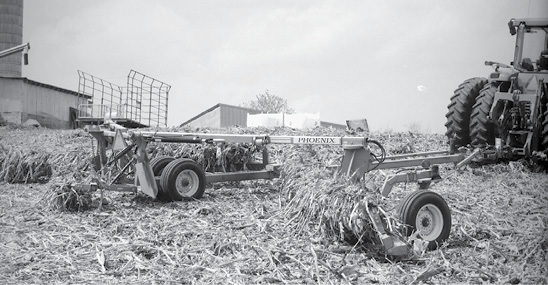No-Till Farmer
Get full access NOW to the most comprehensive, powerful and easy-to-use online resource for no-tillage practices. Just one good idea will pay for your subscription hundreds of times over.

Even with a cold and wet spring in 2004, Tim Goodenough readily saw the many benefits of no-tilling with corn yielding as high as 265 bushels and soybeans reaching 67 bushels per acre.
Now no-tilling for a half-dozen years, the West Salem, Wis., farmer recalls seeing the many benefits of no-till within 3 years.
“No-till is getting to be a no-brainer for us,” he says. “After only 3 years, we quickly learned that no-till made a big difference in both yields and economics. For example, we don’t hire part-time help anymore since we shifted to no-tilling and we’re also enjoying sizeable savings by using less fuel.”
He relies on about a half-dozen management changes to boost yields, reduce erosion and trim costs in his 1,300-acre no-till program.
Goodenough uses a 47-foot Phoenix rotary harrow driven at 10 to 14 mph to fluff the remaining crop residue immediately prior to no-tilling corn or soybeans. “With our 22-inch rows and tougher-stalked Bt corn hybrids, I like to fluff the residue and warm up the ground when the soils are cold,” he says. “The rotary harrow has really worked well in breaking up the corn stalks and requires very little fuel to operate.
“Dad will rotary harrow 100 acres in a couple of hours in the early morning before he goes to work and then I spend the rest of the day no-tilling this ground. The harrow is set to fluff the residue and work only a limited amount of topsoil…